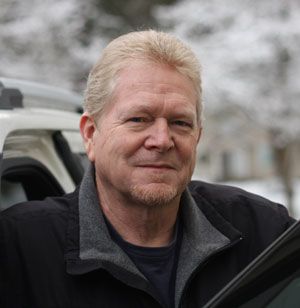Roads to autonomy differ
Automotive journals, including this one, are wrought with news of imminent autonomous automobile arrival. But the various players attempting this achievement are exhibiting divergent paths to their goals.
Last week, Ford Motor Company announced that it would make driverless cars available to the public for ride hailing and ride sharing within five years. Per their methodology, Ford is spending time with exhaustive testing before a planned giant leap to vehicle autonomy.
Everyone’s self-driving projects have a goal of ultimately removing the fallible human driver from the driving equation. But whereas Ford, for example, is relying on field testing up until the technology is ready, others, like General Motors, Tesla and Uber are gradually shifting driver responsibilities from the driver to the car. Those entities are essentially involving their customers in the development process.
Another approach variance involves steering wheels and pedals. Ford and Google intend to remove those items from future self-driving models, while GM wants to leave them in place. GM CEO Mary Barra believes that those controls should remain for the foreseeable future to add an extra layer of safety. She says the controls will allow drivers to take over driving if necessary.
Speaking of Ford’s philosophy, product development chief Raj Nair claimed, “We abandoned the stepping-stone approach of driver-assist technologies and decided we are going to take the full leap. We don’t yet know how to manage handover back to the driver and have him engage and have him situationally aware and be able to do that in a safe manner.”
The self-driving technology race is real, and major players are persevering to avoid falling behind in a scenario reminiscent of Schwinn’s failure to capitalize on the BMX and mountain bike trends, which led to the company’s demise in 1996 after 100 years of success.
Partnerships are flourishing in the self-driving quest. Uber and Volvo have penned a $300 million deal that will allow operation of 100 self-driving XC90 hybrid Volvos this fall in Pittsburg. In this plan, two Uber employees will sit in the front seats, one taking notes and the other ready to take control of the vehicle if needed. This fall!
The Volvos will seat seven passengers, and those opting to use the autonomous vehicles will be rewarded with free fare. Sherif Markaby, Uber’s Vice President of global vehicle programs feels that, “Demand will be very high among people open to new technology.” He added, “Part of the excitement is the technology, and we can get full autonomy with ride sharing.”
GM seems partial to the ride sharing business model too, having recently invested $500 million in Uber’s competitor, Lyft, and reportedly spending $1 billion on a self-driving software company, Cruise Automation.
Established corporations and startups are both involved in the rush to develop and perfect autonomous technology. They are making amazing strides, but to reach full fruition, safety and regulatory issues still remain.
California lawmakers are considering legislation requiring all autos to contain a steering wheel and a licensed driver. A bill proposed in Michigan would advance self-driving by allowing vehicles to operate on public roadways without a driver.
Besides regulation and changing applicable laws, infrastructure must evolve to accommodate and enhance the safety of autonomous vehicles. Everything must be updated, including mechanisms for vehicle-to-vehicle and vehicle-to-grid communication.
The reality of self-driving cars is a given, but the “how” and the “when” are not quite decided.
Readers may contact Bill Love via e-mail at precisiondriving@spokesman.com.
